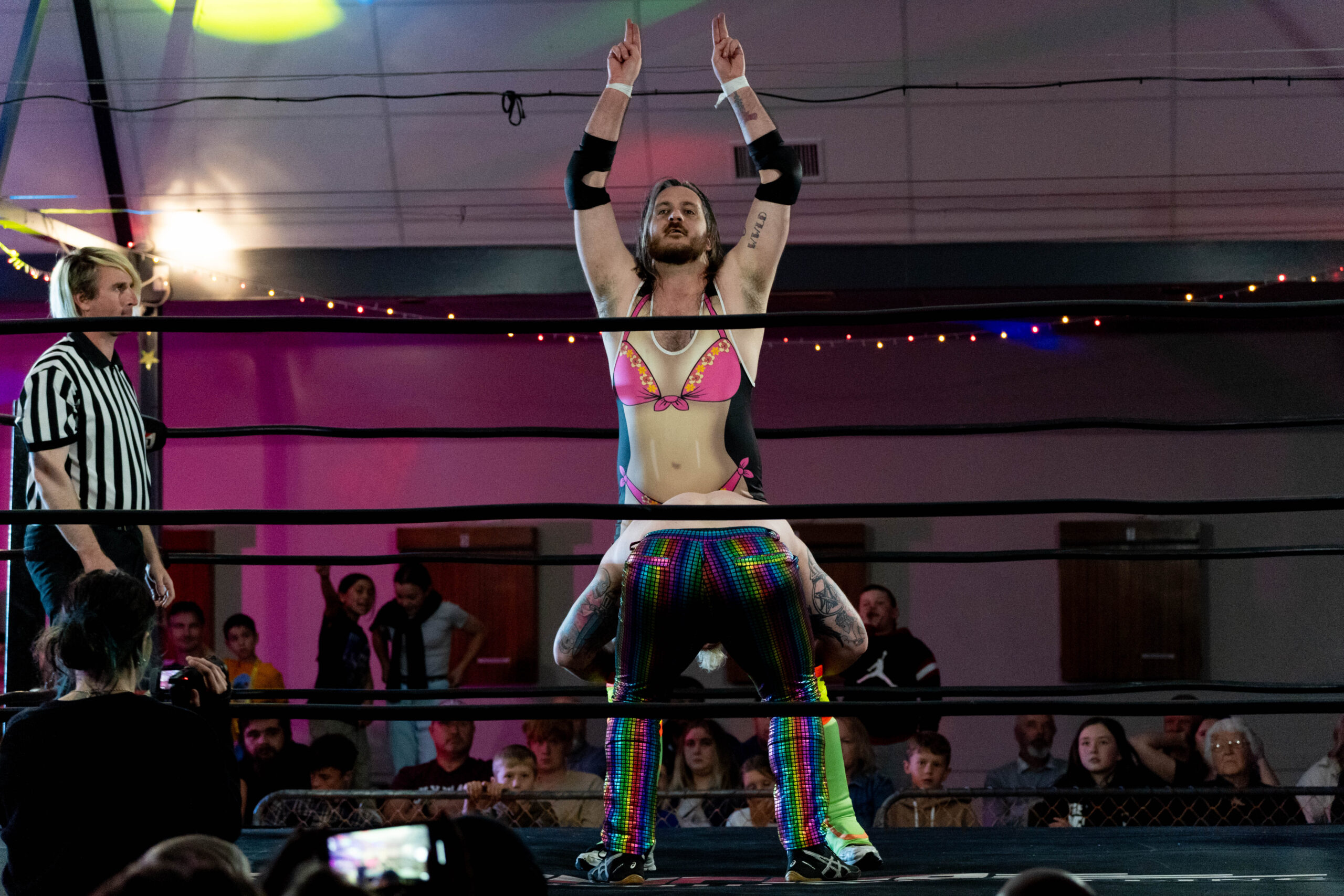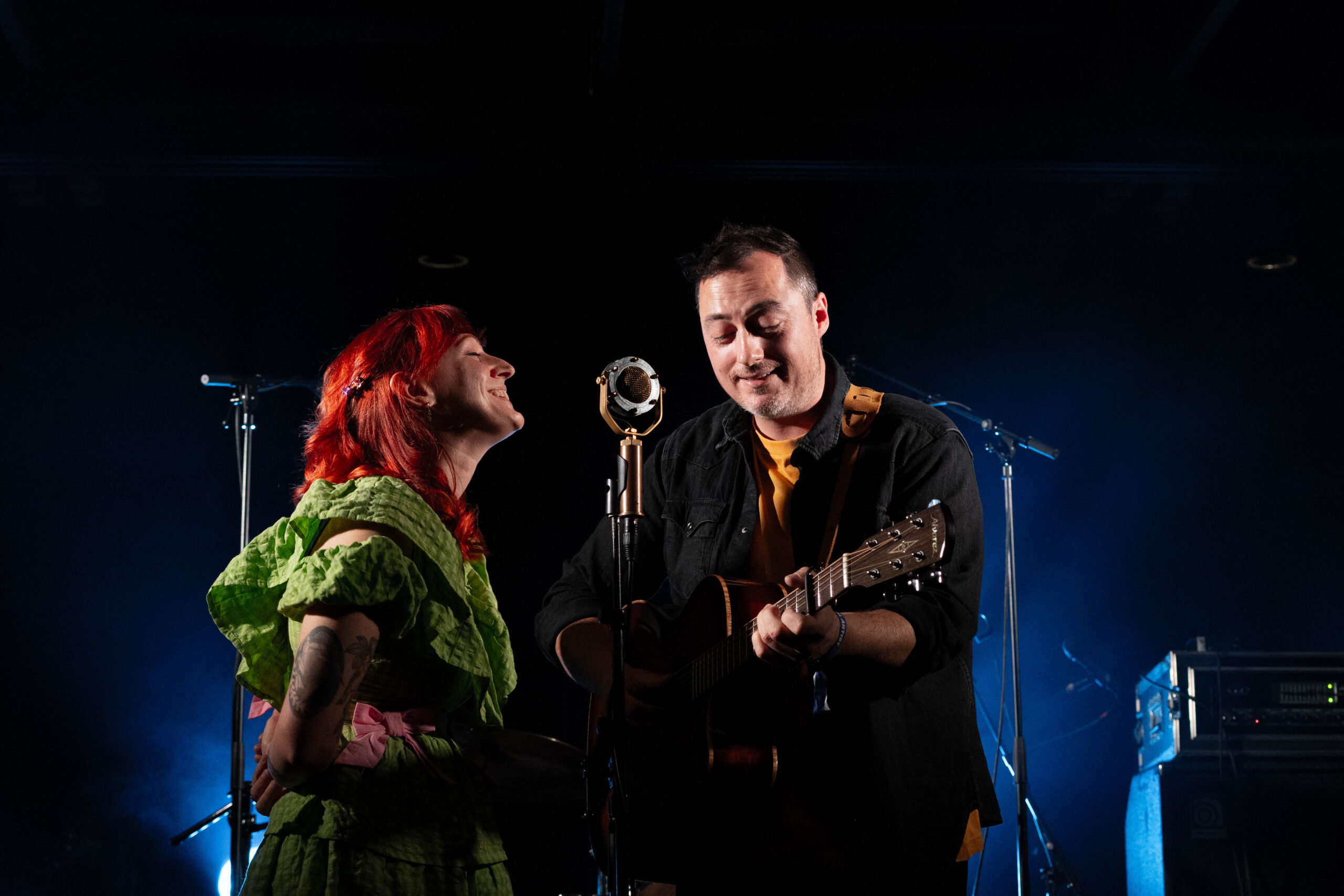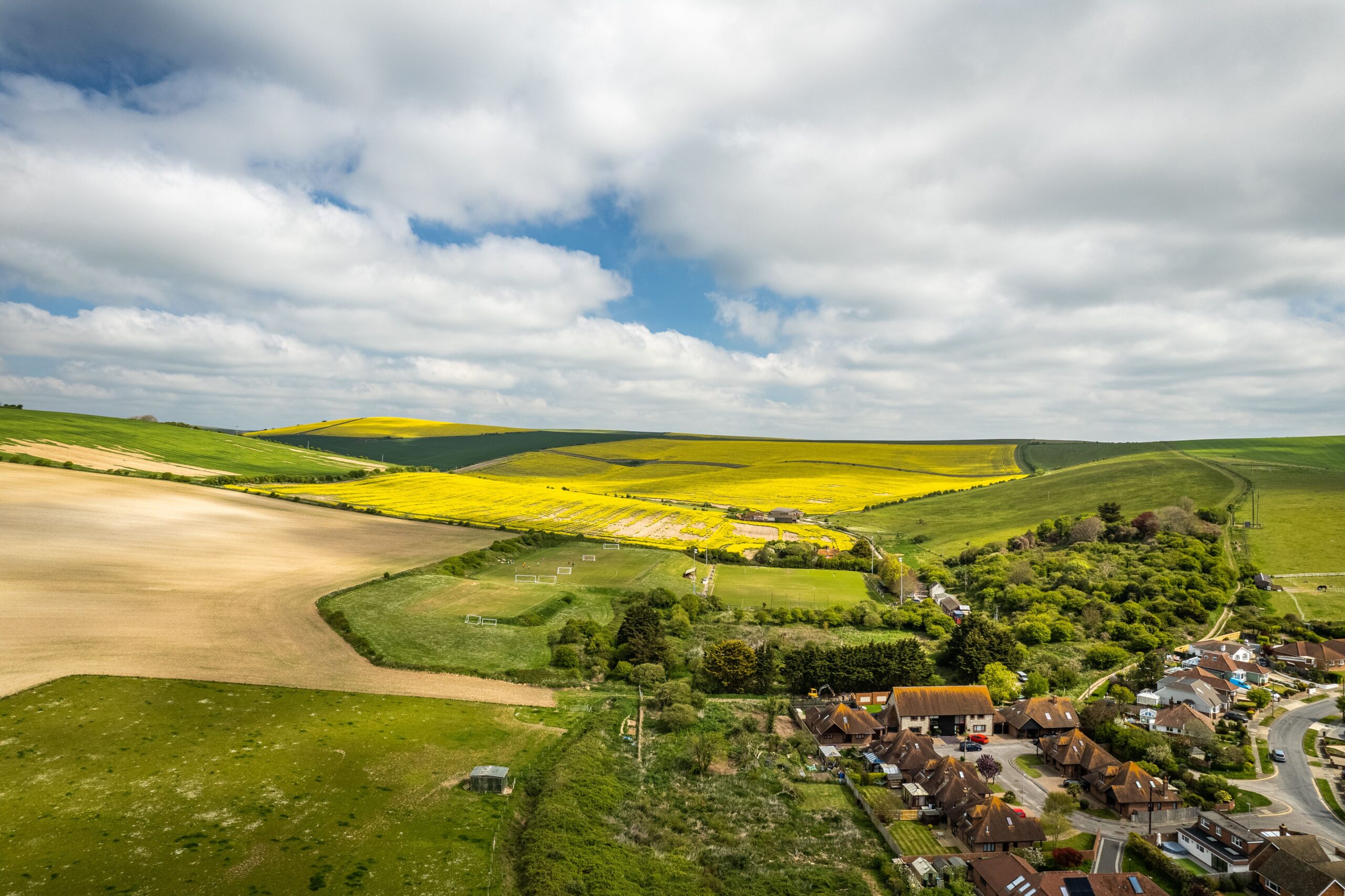It’s Not What You Film, It’s How You Film It
So, you’ve got the basics down. You’re avoiding the common mistakes, and you understand the difference between just recording and proper production. Now it’s time to level up. What are the specific, professional techniques that transform a well-filmed wrestling show into an unmissable, high-impact, explosive-looking piece of entertainment?
It’s all in the technique. A handful of clever, deliberate creative choices made by the camera crew and the editor can make your wrestlers look more powerful, the action feel more dramatic, and the entire show seem ten times more prestigious. These aren’t just flashy tricks; they are proven storytelling tools used in professional wrestling broadcasting the world over.
Think of this as pulling back the curtain on the director’s playbook. We’re going to break down ten of the most effective wrestling videography techniques that add that crucial layer of stardust and excitement to your final product. Understanding what these are will not only help you appreciate a great production but will also allow you to have more creative conversations about how you want your own show to look and feel. Let’s get into the good stuff.

10 Wrestling Videography Techniques You Must Use
1. The Dynamic Multi-Camera Edit
This is the foundation upon which everything else is built. It’s not just about having a couple of cameras; it’s the editor’s technique of constantly and seamlessly cutting between them. This ensures the viewer at home always has the best seat in the house. You cut to the hard cam to show the scale of a high-flying move, then instantly to the ringside camera to catch the impact, and then to a close-up for the pinfall. This constant, purposeful switching of angles creates energy, pace, and a thoroughly professional feel.
2. Shooting Through the Ropes (The Ringside Frame)
You’ve seen this a million times, and for good reason! Getting a camera low and shooting the in-ring action through the foreground ropes is a classic technique that instantly adds depth and immersion. It breaks up the flatness of a standard shot and makes the viewer feel like they are right there, peeking into the action. It can also be a powerful storytelling tool, with the ropes acting as the bars of a cage, framing a wrestler who is trapped and in peril. It’s a simple but incredibly effective trick that all the best wrestling filming crews use.
3. The Low-Angle Power Shot
This is filmmaking 101, used to incredible effect in wrestling. How do you make your monster heel or triumphant champion look like an absolute titan? You get the camera down low and shoot up at them. This simple change in perspective has a huge psychological effect, making the subject of the shot look dominant, powerful, and larger than life. A great ringside operator will use this constantly: getting low for a chokeslam to make it look even more devastating or looking up at a wrestler posing on the turnbuckle to make them look like a superhero.
4. The “Crash” Zoom for Impact
This is a stylistic choice that can add a massive shot of adrenaline when used correctly. A ‘crash’ zoom is a super-fast, whip-quick zoom into a moment of sudden, dramatic action. Think of the impact of a superkick, a wrestler’s shocked face when their opponent kicks out at two, or the look in their eyes right before they hit their finisher. A quick, sharp zoom at that exact moment adds a raw, almost frantic energy to the shot. Overdo it and it can look messy, but a couple of well-timed crash zooms can inject a real sense of chaos and urgency into your wrestling videography.
5. The Glorious Slow-Motion Replay
Wrestling is an incredible display of athleticism, but sometimes the action happens so fast that you can’t fully appreciate it in real-time. That’s where the glorious slow-motion replay comes in. It’s a technique used in the edit to give the viewer a second chance to marvel at a spectacular moment. A breathtaking dive to the outside, the brutal impact of a finishing move, or an intricate chain wrestling sequence all look incredible in slow-mo. It elevates the wrestlers by highlighting their skill and makes your production look just like a big-time sports broadcast.
6. The Crowd Reaction Shot
This is a simple technique that adds a massive amount of emotional weight and energy. The action in the ring is only half the story; the other half is how the fans react to it. Cutting to a shot of a fan with their hands on their head in disbelief after a near-fall, a child cheering for their hero, or a whole section of the crowd chanting in unison validates the drama for the viewer at home. It tells them, “This is a big deal! These people are losing their minds!” Capturing these moments is a key skill in live wrestling filming, as it’s the best way to bottle the electric atmosphere of your show.
7. The Cinematic “Rack Focus”
This is a more subtle technique that screams “high production value”. A rack focus (or focus pull) is the art of smoothly shifting the camera’s focus from one thing in the shot to another. Imagine a shot that starts with the top turnbuckle in sharp focus, and then, as a wrestler climbs it, the focus seamlessly shifts from the turnbuckle to their face. Or a shot of the ropes in the foreground, with the focus pulling to reveal an angry opponent on the other side of the ring. It’s a subtle but beautiful bit of camera work that elevates wrestling videography from a simple recording to something more cinematic.
8. The Epic, Multi-Shot Entrance
A wrestler’s entrance is their calling card, so it deserves to be treated like a big deal! Instead of just capturing it with a single, static wide shot, a professional crew will treat it like a mini-movie. They’ll grab a variety of shots: a tight close-up on their boots stepping through the curtain, a low-angle shot as they emerge on the stage, a slow-motion capture of them interacting with the fans. These different angles are then edited together to create a dynamic and exciting sequence that makes the wrestler look like an absolute superstar before they’ve even stepped into the ring.
9. Smooth and Purposeful Camera Movement
This isn’t about just randomly moving the camera around; that just looks messy. This technique is about adding slow, deliberate, and motivated movement to a shot to enhance the drama. Think of a slow “push-in” (moving the camera gradually closer) on a wrestler as they cut an intense promo, making their words feel more and more claustrophobic and powerful. Or a smooth pan from a fallen hero to reveal the villain standing over them with a championship belt. When used correctly, this adds a slick, cinematic quality that a static shot just can’t match.
10. The Unresolved Staredown
This is the ultimate cliffhanger technique. After a chaotic post-match brawl or a controversial finish that leaves the audience fuming, the most powerful thing a camera operator can do is find a steady angle and just hold it. Let the two rivals stare each other down across the ring. Don’t cut, don’t zoom, don’t move. Let the tension hang in the air for an uncomfortably long time. It’s a powerful, dramatic tool in any wrestling filming arsenal that creates incredible anticipation for the next show and leaves the audience desperate to see the final payoff.
Pro-Tips & Final Questions: Your Techniques FAQ
Q: Do all these extra fancy techniques end up costing more?
A: Not usually, no. The vast majority of these techniques aren’t about using more expensive equipment; they’re about the skill and experience of the camera crew and editor you’ve hired. A professional team will use things like low-angle shots, rack focuses, and crowd reactions as a standard part of their creative process. It’s the “artistry” that you’re paying for. The exception might be something that requires extra gear, like a camera crane. Otherwise, it’s all part of a good wrestling videography package.
Q: Which one of these techniques gives you the most ‘bang for your buck’?
A: While a great multi-cam edit is the foundation of everything, the single most impactful in-camera technique is the Low-Angle Power Shot. It costs absolutely nothing extra to implement, but the psychological effect is huge. Getting your camera operator to shoot your champion or monster heel from a low angle instantly makes them look more important, powerful, and professional. It’s a simple change that makes a world of difference.
Q: I have a specific idea for a cool shot for my main event. Should I tell the camera crew?
A: One hundred percent, yes! Communication is everything. A professional crew will love to hear your creative vision. The best time to discuss it is during the pre-show chat. Explain the moment and the feel you’re going for. They can then use their technical know-how to figure out the best way to achieve your idea. The best productions are always a collaboration.


